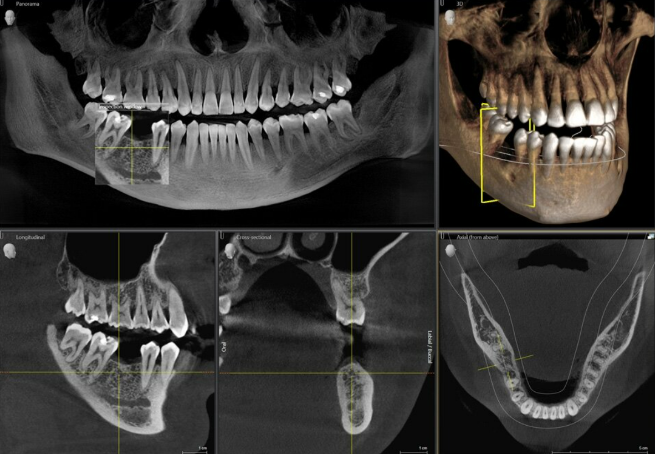New Technologies in Maxillofacial Surgery – 3D Printing and Robotic Techniques
In the field of maxillofacial surgery, the introduction of innovations and advanced technologies is often pioneering, leading to enhanced precision in surgical procedures and a shortened recovery period. This article examines some of these technological advancements that are shaping the future of this medical discipline.
3D Printing:
- Implant Fabrication: 3D printers enable the creation of tailor-made implants, including those printed from titanium alloys. These implants are custom-fitted to the patient’s anatomical specifications, which improves surgical accuracy, shortens recovery times, and lowers the risk of postoperative complications.
.
. - Surgical Planning: 3D models of the maxillofacial area assist surgeons in meticulously planning the operation, thereby increasing its accuracy and safety. It is also more convenient to manufacture and then adapt an implant on a 3D model of the skull, as depicted in the image below.
.

Robotic Surgery:
- Robotic Assistants: Robotic systems offer high-precision movements beyond the capability of human hands, which is particularly critical during complex surgeries, such as neurosurgical procedures.

- Telesurgery: Robotic technology enables surgeons to conduct operations remotely, a significant advancement for patients living in isolated areas.
Virtual Reality (VR):
- Surgeon Training: VR simulators provide a secure environment for surgeons to refine their skills.
- Surgical Planning: VR tools enhance the visualization of the patient’s anatomy, aiding in the planning of surgical procedures.
Artificial Intelligence (AI):
- Imaging Analysis: AI algorithms can autonomously detect pathologies in X-ray and CT images, aiding clinicians in making more precise diagnoses.
- Personalized Medicine: AI can be employed to devise individualized treatment strategies based on patient-specific data.
Other technologies:
- Navigational Surgery: Advanced systems facilitate surgical navigation with millimeter-level precision.
- Bioprinting: Future applications of 3D printing may extend to the creation of not just implants but entire organs, such as jawbones.
Conclusion:
Emerging technologies in oral and maxillofacial surgery are broadening the horizons for patient treatment. These technologies contribute to more precise, less invasive, and more effective operations, thereby improving the postoperative quality of life for patients.
Search keywords
- 3D printing in maxillofacial surgery
- Robotic techniques in maxillofacial surgery
- Virtual reality in maxillofacial surgery
- Artificial intelligence in maxillofacial surgery
- Navigational methods in maxillofacial surgery
- Bioprinting in maxillofacial surgery









